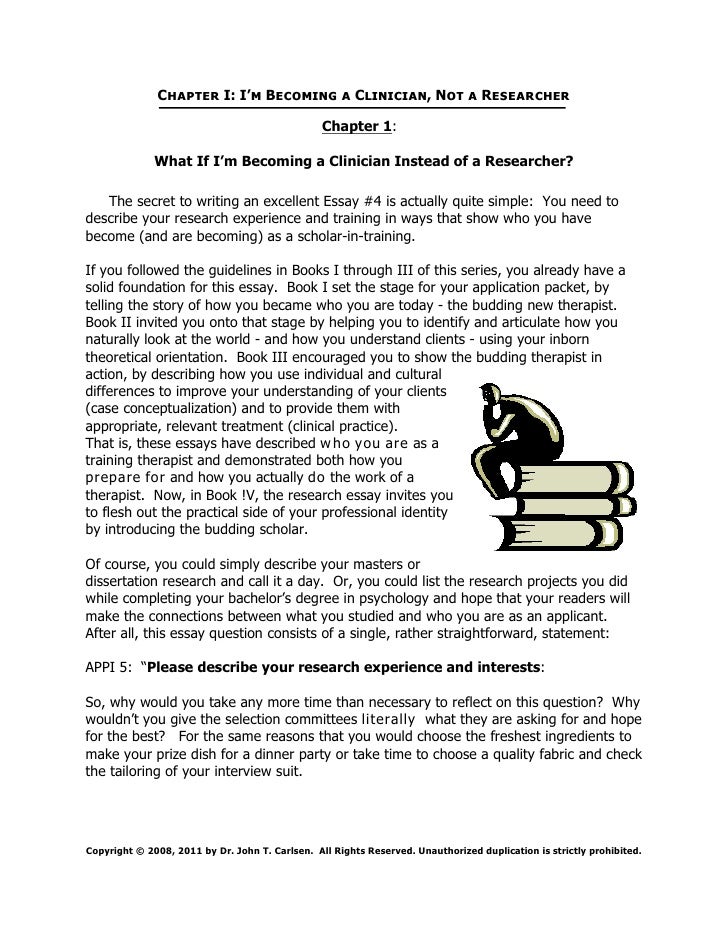Ordering and Comparing Numbers - Primary Resources.
The NRICH Project aims to enrich the mathematical experiences of all learners. To support this aim, members of the NRICH team work in a wide range of capacities, including providing professional development for teachers wishing to embed rich mathematical tasks into everyday classroom practice.Number: Number and Place Value with Reasoning PROBLEM SOLVING use place value and number facts to solve problems solve number problems and practical problems involving these ideas. solve number and practical problems that involve all of the above and with increasingly large positive numbers solve number problems and practical problems.Ordering and Sequencing Numbers Mental Maths Place Value Addition and Subtraction Times Tables Multiplication and Division Fractions and Decimals Money Shape, Position and Movement Measures Data Handling Problem Solving Ordering and Sequencing Numbers Games.
Counting Ordering Sequencing Numbers Place Value, Odd and Even Addition and Subtraction Times Tables Multiplication and Division Money Shapes Measures Data Handling Problem Solving Ordering Games A great selection of free maths games involving ordering numbers.Ordering Numbers Worksheets This assortment of ordering worksheets is diligently prepared for the students of kindergarten through grade 5. This page encompasses a bunch of themed worksheets, standard ordering worksheets, ordering numbers using the place value box, framing and ordering numbers and a lot more!

Drag the flag to the correct position on a number line. Lots of choice over level, including whole numbers, negative number and decimals. Can be used to teach place value, approximation skills, and reading varying scales. Choose one type of number line or for more of a challenge you can select several.











